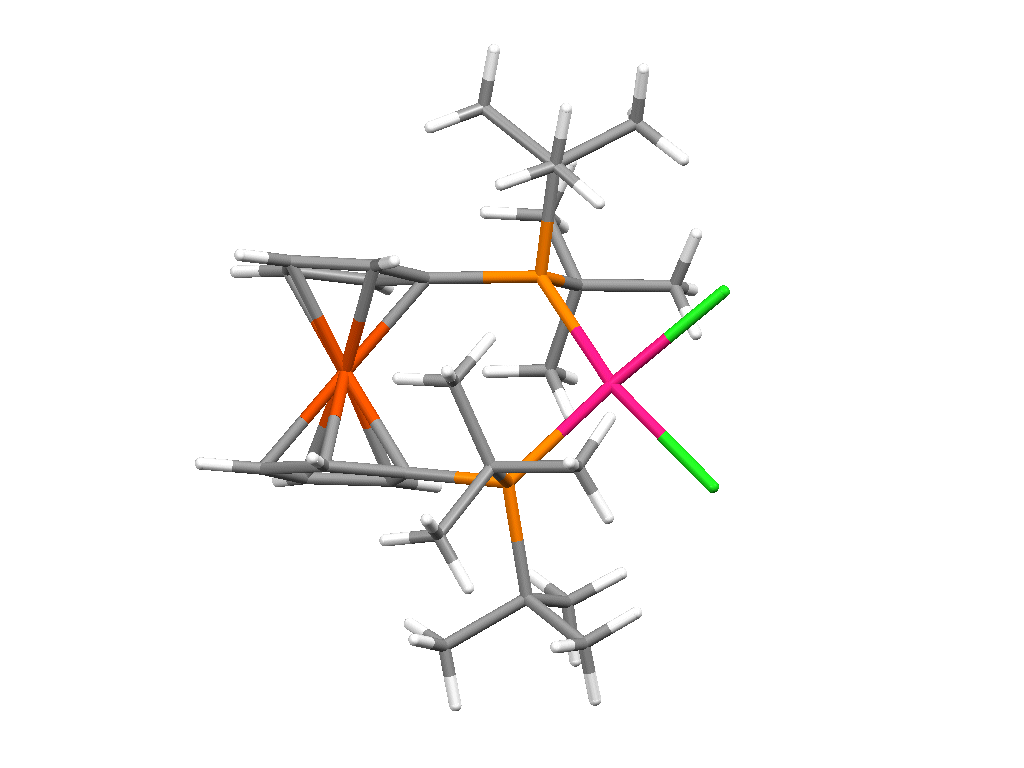Sunday, May 18, 2008 - 4:15 PM
Science Building, Rm S-112 (Queensborough Community College)
66
Highly Active, Air-Stable Supported and Unsupported Homogeneous Catalysts for Challenging Coupling Reactions in Pharmaceutical Process
A major challenge in the area of homogeneous relevant to coupling catalysis is the separation of the catalyst/metal from the product. Although Pd/C in the presence or absence of a ligand can be used for coupling of less challenging aryl iodides and bromides, this methodology does not provide any additional advantage over homogeneous systems, as the coupling reaction proceeds via a homogeneous mechanism, evidenced by the three-phase test results from various groups. To solve some of these issues, Johnson Matthey has taken three different approaches: i) develop highly active homogeneous catalysts so as to minimize the catalyst loading in challenging coupling reactions ii) tune the polyethylene supported FibreCats to be more active and robust iii) use SMOPEX to scavenge any residual metal from the product. This work is focused on the strategy that we employed in developing fully formed Pd(0), Pd(I) or Pd(II) complexes of supported and unsupported monodentate and bidentate ligands, with a view to understand the structure-activity relationship in coupling and thereby understanding the selectivity, activity and robustness of the new catalysts. An example each from the supported and unsupported catalysts is given below. These catalysts have been used for coupling various Ar-Cl compounds such as 3-chlorothiophene, chloromesitylene, 3- chloropyridine, etc., with excellent yield. Several examples of FibreCat gave leaching below 1 PPM with good recylability. Details of the work will be presented in the talk.
Web Page: www.jmcatalysts.com/pharma
